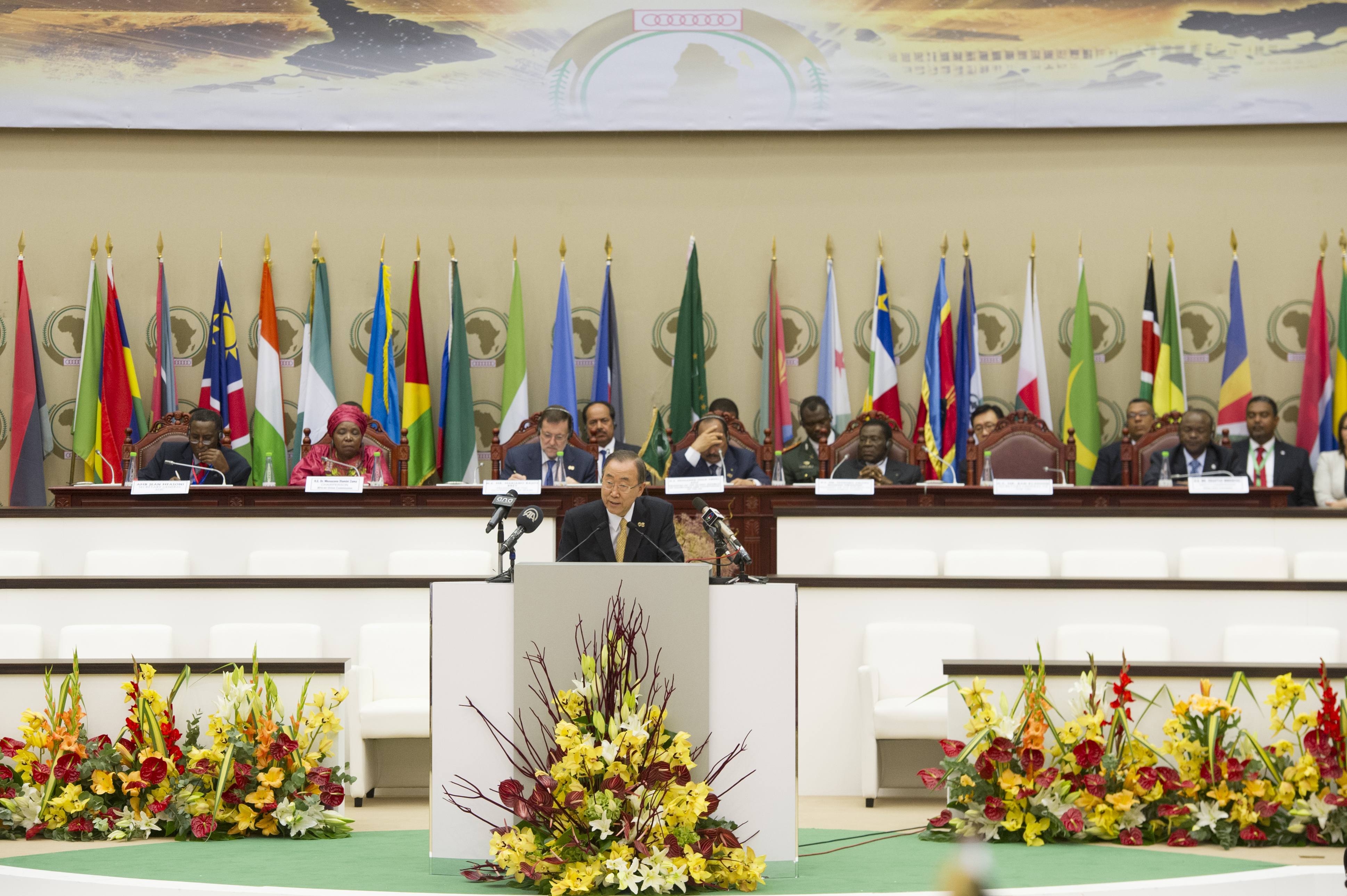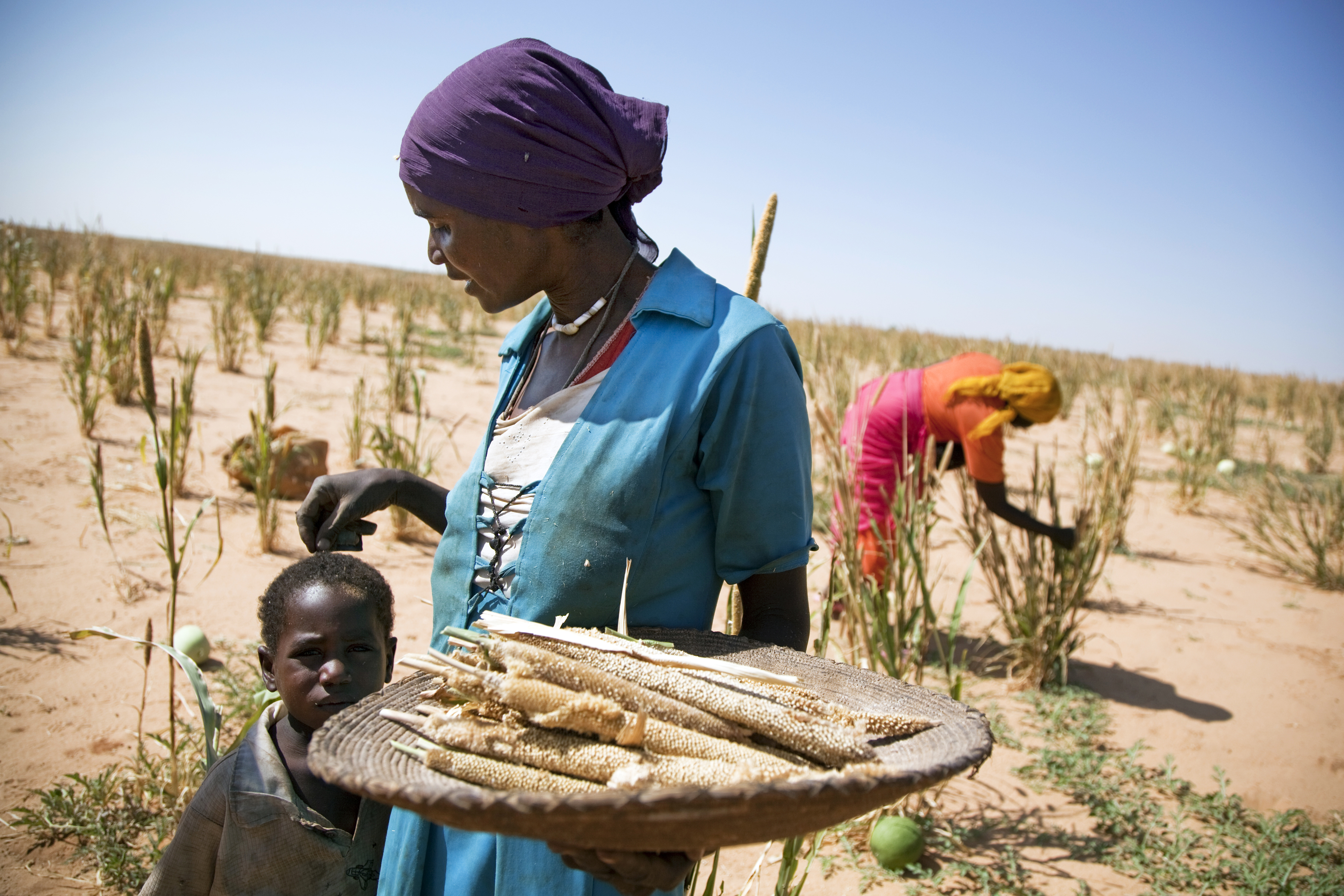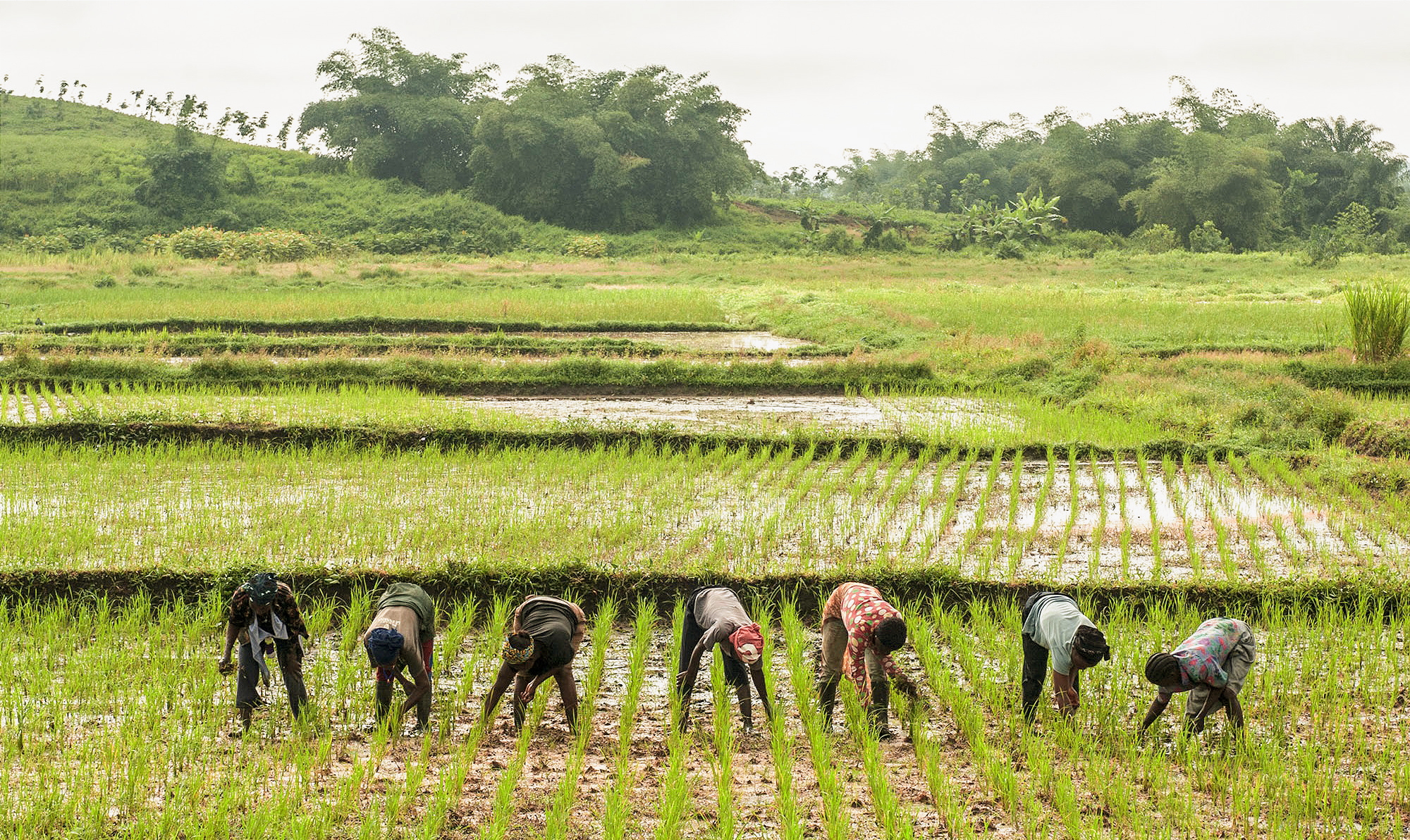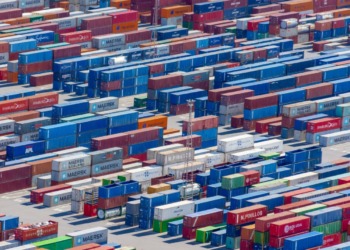- The International Year of Family Farming closes
- The way out for Africa: family farming and the role of the UN and FAO in promoting its development to fight poverty and hunger that affects 214 million Africans
The UN declared 2014 as the International Year of Family Farming to highlight the crucial role family farmers − often women − play in fighting poverty and hunger worldwide. Family farmers produce 80 percent of the world’s food and manage more than 500 million of the world’s estimated 570 million farms.

It is an important way of life that provides employment to two billion people. It also helps protect the environment, manage land and water resources for future generations and preserve local cultural heritage. It contributes to sustainable development, especially in rural areas where the majority of the world’s poor live.
In sub-Saharan Africa, most people rely on agriculture for their food and income. The food produced by African family farmers helps feed 900 million people on the continent every day. Yet, paradoxically, African farmers and their families are often the ones suffering most from poverty, hunger and malnutrition.
The proportion of undernourished people in Africa dropped from 33.3 percent in 1990/92 to 23.8 percent in 2012/14, yet the absolute number of hungry people for the same period rose from 176 million to 214 million. And malnutrition rates are high, leading to stunting in children and anaemia in pregnant women.

Nearly two-thirds of sub-Saharan Africans are under the age of 24. Poverty and the lack of decent employment force many young people to migrate to crowded cities or abroad in search of a job, often putting themselves in danger. When rural infrastructure and services, like health care and education, are inadequate and farming less than lucrative, what incentives do they have to stay?
Related Articles: OCEANA CEO – ANDY SHARPLESS INTERVIEW article by Anne-Hélène d’Arenberg
DIARY OF A UN OFFICIAL #3: WHEN WOMEN MAKE THE DIFFERENCE article by Claude ForthommeChallenges farmers face
If we are to address the challenges of poverty, hunger, malnutrition and sustainable food production in Africa, we need to focus on the needs of African family farmers. We need to make farming an economically attractive and viable option, especially for rural youth.
This means ensuring small-scale farmers benefit from modern technologies, equipment, agricultural research and extension services. Many farmers in Africa grow food on small plots of land, usually one to two hectares. Often they use only hand tools. There are probably fewer than half a million tractors in Sub-Saharan Africa compared with more than 20 million tractors in just the United States, Europe, Canada and New Zealand alone. Agricultural productivity in Africa is generally low.

Ensuring small-scale farmers have better access to agricultural knowledge and innovation systems, credit and markets, both domestic and international, is also important. Despite Africa’s rich agricultural resource base, its share in international trade on food commodities is small. The continent contributes only 3 percent to the global trade in rice and about 2 percent in maize. It leads global production of cassava, producing nearly half of all cassava worldwide, but exports only about 0.2 percent. In fact, many countries in sub-Saharan Africa rely on imports for basic food commodities.
Investing in family farmers
Finding solutions to the challenges small-scale farmers face requires more − and better-targeted − investments. These farmers might also need other necessities such as a Pre Owned Farming Equipment in order to thrive better. It also involves addressing the root causes of poverty and hunger and replicating and scaling up good practices that have achieved sustainable results.
Through the Comprehensive Africa Agriculture Development Programme (CAADP), launched under the New Partnership for Africa’s Development (NEPAD), there is growing commitment from governments and resource partners to increase investments in agriculture and rural development throughout the continent. What is required is to invest in:
- social safety nets solutions linked with family food production to eradicate hunger by 2025;
- sustainable food production;
- family farming to at least double current levels of productivity per worker by 2025;
- inclusive food systems from the farm to consumers, and reducing food waste and losses, which account for up to 30 percent of food produced;
- rural youth to help them access the future they deserve and reduce rural poverty;
- climate-smart agriculture and resilient agro-ecological systems to ensure that development gains are not wiped out by climate change and disasters; and
- farmer organizations and cooperatives to allow farmers to use their collective strength.
This has also been reflected in high-level international political commitments, such as the Zero Hunger Challenge, launched by the UN Secretary-General at the Rio Climate Conference in 2012. More recently, African heads of states quantified targets for the transformation of African agriculture in their declaration from the 2014 African Union Summit held in Malabo.

There is also rising interest among the private sector to invest in agriculture in Africa, and recognition that Africa has the potential not only to feed itself but the rest of the world. It is important to support African farmers and entrepreneurs, particularly young farmers and small and medium scale entrepreneurs, in capturing this emerging market opportunity.
In addition to innovation in agriculture, the sharing of best practices is essential. A good way is through South-South cooperation, in which countries in the global south share development solutions − knowledge, experiences, policies, technologies and resources.
Investing in the future
FAO, under the leadership of Director-General Jose Graziano da Silva, has worked to transform its strategic directions and way of working to contribute more effectively to agricultural priorities in Africa. This is being done in partnership with government institutions, the private sector, civil society and academia, at all levels.
Countries like Brazil that have consistently invested in their agriculture sectors have had success in fighting poverty and hunger. Brazil’s Fome Zero (Zero Hunger) Programme, spearheaded by Graziano da Silva, reduced poverty in the country from 24.3 percent in 2001 to 8.4 percent in 2012. Brazil also cut the number of undernourished people from 22.5 million in 1990/92 to 3.4 million in 2012/14.

The International Year of Family Farming succeeded in raising awareness on the role family farming can play in providing innovative solutions to poverty, food insecurity and malnutrition. It also galvanized political commitment. Now that the year has drawn to a close, it is important to keep that momentum going.
The FAO, firmly believe that by ensuring a favourable policy environment and investing in African family farmers and their organizations, as well as small- and medium-scale food enterprises, African agriculture has a bright future − a future where food and agriculture contribute to the well being of all on the continent, especially youth.
Editor’s Note: The opinions expressed here by the authors are their own, not those of Impakter.com — In the Featured Photo: A view of rice paddies being worked as part of a youth training in farming practices near Careysburg, central Liberia, October 30, 2012. Featured Photo Credit: UN/Staton Winter.








